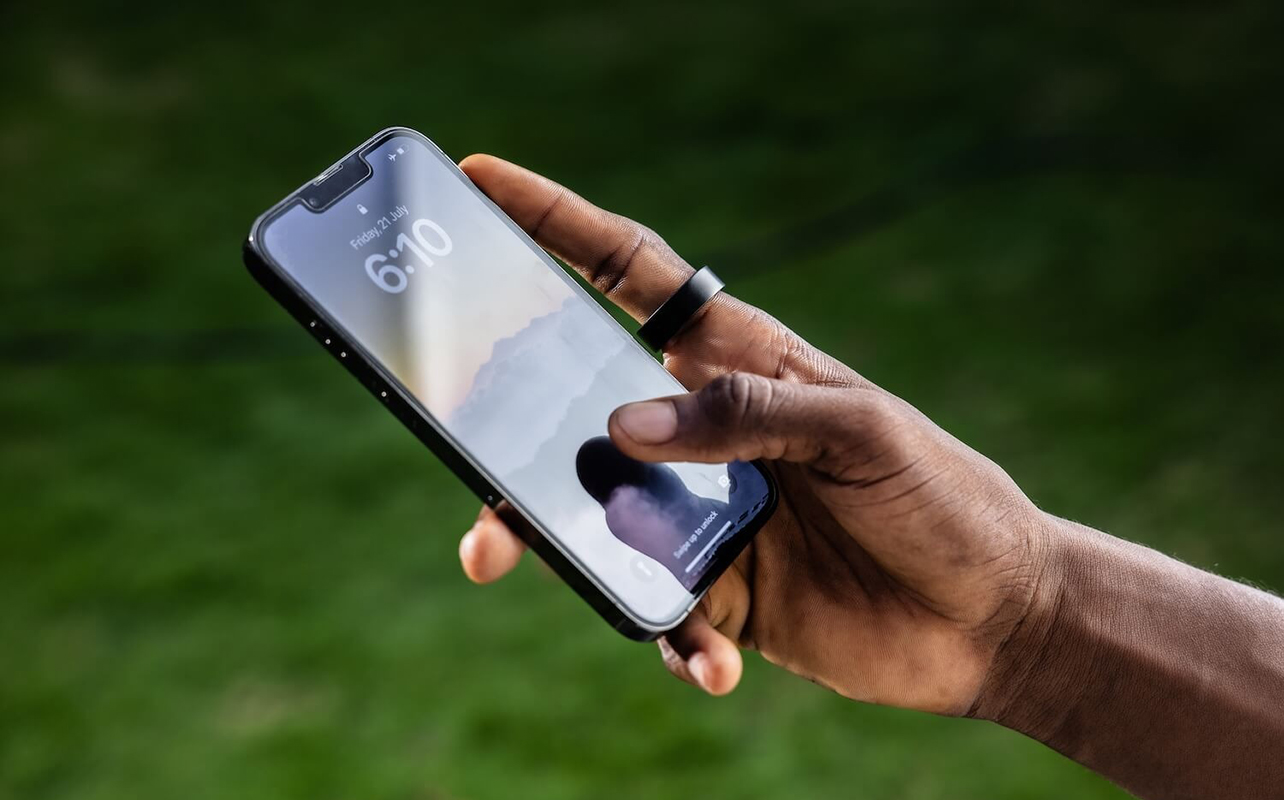
Smart rings like the Ultrahuman Ring Air vs Galaxy Ring vs Oura 3 are one of the hottest categories in wearables. Whether worn on their own to track activities, health, wellness, and vitals while reducing distractions or in conjunction with a smartwatch, people are finding value in the small and unobtrusive devices.
It used to be that Oura was the only brand in town. But over the last several years, other brands have been launching alternatives. Three of the top models are the Ultrahuman Ring Air, the Samsung Galaxy Ring, and, of course, the Oura 3. (The latter has since been replaced by the Oura Ring 4, but you can still get the Oura 3 for a lesser price if you don’t need the latest and greatest). How do they compare and how do you know which one is right for you?
The Ultrahuman Ring Air has a feature in the app that helps you personalize the experience. The Samsung Galaxy Ring is the perfect companion for a Samsung Galaxy smartphone and Galaxy Watch. Oura Ring is considered one of the best when it comes to actionable insights and detailed sleep data. In the guide, I’ll walk you through the key features of all three smart rings, including fit and finish, price, what they track, what details you get in the app, and what sets them apart. By the end, you’ll be armed with the information you need to make an informed decision. So, let’s compare the Ultrahuman Ring Air, Galaxy Ring, and Oura 3.
Design and wearability: which feels best?
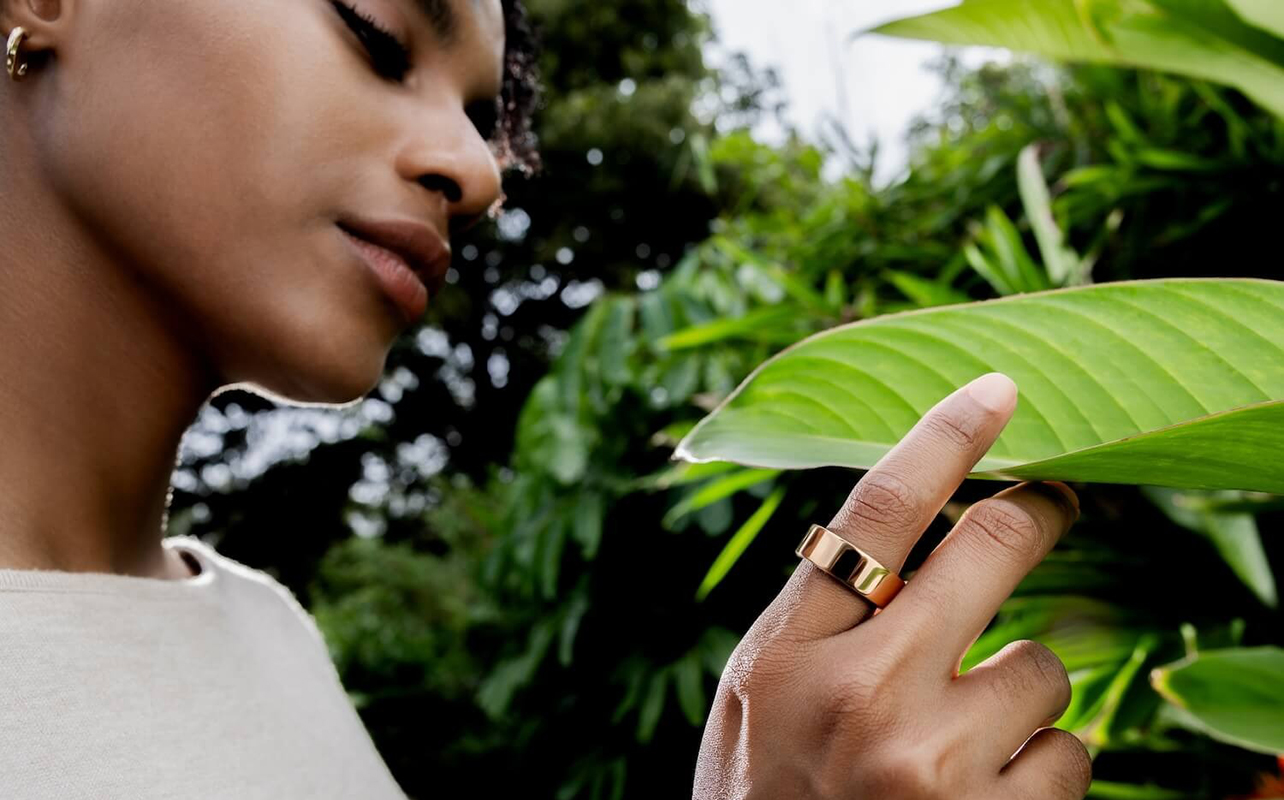
The Ultrahuman Ring Air is made from fighter jet grade titanium reinforced with a tungsten carbide carbon coating. On the inner side is medical-grade hypoallergenic epoxy resin. It weighs 2.4 grams and is relatively thin compared to other smart rings I have worn. The elegant-looking ring comes in Raw Titanium, Aster Black, Matte Grey, Bionic Gold, Space Silver, and a new Brushed Rose Gold finish. Sizes are from five up to 14.
The Samsung Galaxy Ring is equally thin (2.6mm) and employs a concave design, but it’s plain looking. Made from Titanium Grade 58 in Black, Silver, or Gold, there’s epoxy on the underside. Weighing 2.3-3 grams depending on the size, it’s available in sizes from five through 15.
The Oura Ring 3 has a thin, classic plateau design for the Heritage edition and a more seamless design with a dimple on the bottom for the Horizon edition. The Horizon comes in six finishes and the Heritage in four. Both are made of titanium with either a PVD coating (Gold, Silver, Rose Gold, and Brushed Titanium) or diamond-like carbon (DLC) coating (Black, Stealth) and come in sizes from 6-13. Inside is a medical grade, BPA-free, non-allergenic, non-metallic molding. The Heritage model measures 2.7mm thin and the Horizon 2.9mm, and they weigh from 4-6 grams, depending on the ring size.
I have personally worn both the Ultrahuman Ring Air and Galaxy Ring, as well as the new Oura Ring 4, and all are ultra-comfortable: you’ll easily forget you’re even wearing them. The Ultrahuman Ring Air has a sleeker, more elegant look with the glossier coating and lovely finish options like Bionic Gold that are more fashion forward, which I prefer. But it’s a matter of personal preference.
I haven’t personally tried the Oura Ring 3, but it has a smaller size range and is a smidge heavier and thicker. But based on other reviews as well as my experience with the Oura Ring 4, it’s likely just as comfortable to wear once you have the right size.
Health and sleep tracking: how do they compare?
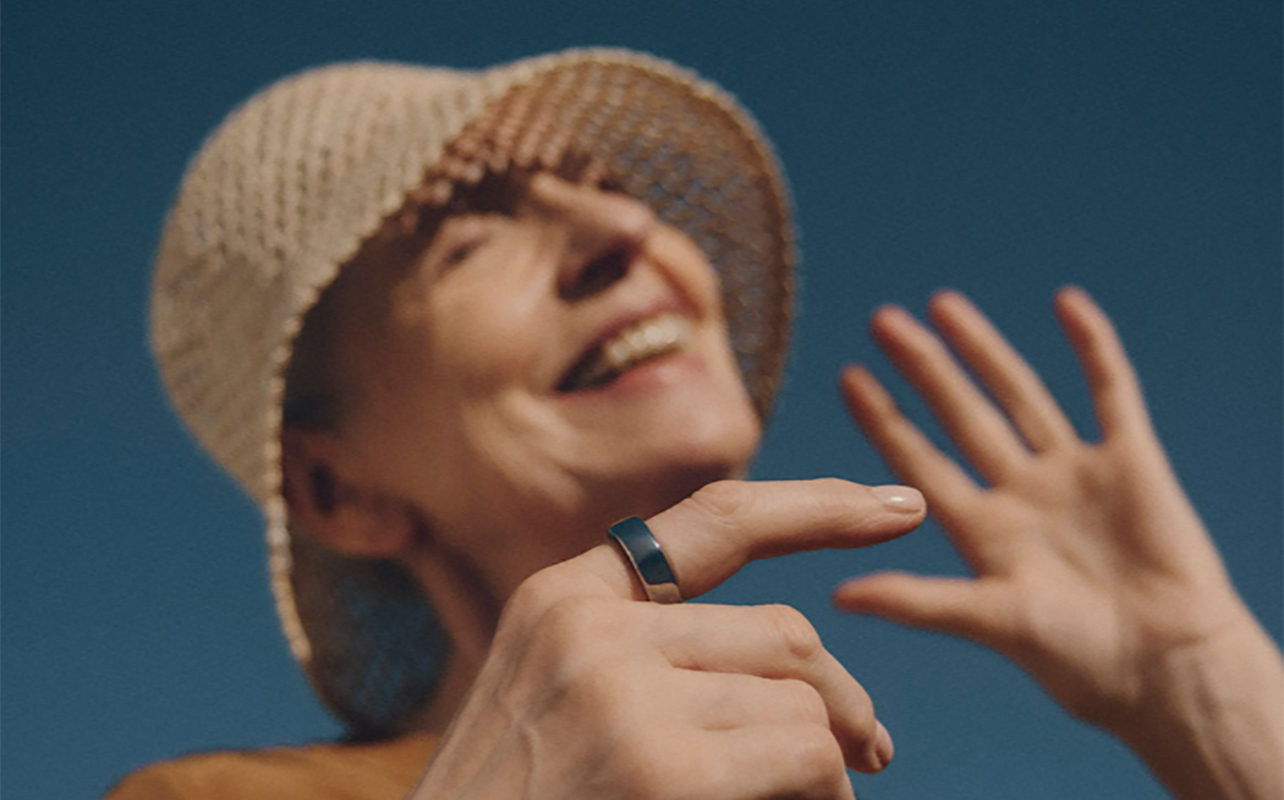
The primary reason for wearing a smart ring is for passive health and sleep tracking. In fact, smart rings are often considered the best options for sleep tracking.
The Ultrahuman Ring Air uses sensors to track calorie burn, detailed sleep, skin temperature, heart rate and heart rate variability, stress, and other stats. What sets it apart are PowerPlugs, a plug-in platform within the main app that lets you track additional health and wellness data alongside the usuals. This includes options like circadian rhythm, vitamin D exposure, and female health tracking. Most are free but some, like Afib detection, require a nominal subscription.
The Samsung Galaxy Ring tracks the usuals as well, including vitals, energy score, and detailed sleep data. It uses AI for the latter, providing details like a sleep score and snoring analysis. You also get cycle tracking, skin temperature, and more.
With the Oura Ring, the experience includes the same, but much of the data is locked behind a subscription. You purportedly get deeper insights, though many of these same insights are available with the Ultrahuman Ring Air and Samsung Galaxy Ring without a subscription. All that comes free with the Oura Ring 3 is readiness, activity, and sleep. With that said, Oura is considered one of the most accurate sleep trackers you can buy. So, if sleep stats are a priority, the subscription is worth it.
Battery life and charging: which lasts longer?

No one wants to have to charge a smart ring daily, nor miss out on crucial stats because it died. Thankfully, all these smartwatches last for days.
The Ultrahuman Ring Air is rated to last 4-6 days per charge. The Samsung Galaxy Ring is rated for up to seven days per charge, but this can be extended up to 30% by wearing it with a Samsung Galaxy Watch. That’s because the Watch can handle capturing certain data, giving the ring a break. The Oura Ring 3 is rated to last up to seven days as well.
In my experience, the Ultrahuman Ring Air lasts about three days in Turbo Mode, which provides all the tracking capabilities. Chill Mode extends battery life but also limits functions. An appreciated feature, however, is Critical Battery mode to keep tracking the basics in a pinch until you can get to the charger. Its puck charger works well, though positioning the ring properly can be a challenge. I wish it came with a charging case.
I wore the Samsung Galaxy Ring with a Galaxy Watch7 and it stays true to its rated battery life, though you’ll get less with heavy usage and activity. The charging case with a lid so you can pop it into your bag or even pocket and recharge on the go is a nice touch. It also works with Wireless PowerShare: place the case atop a compatible Samsung Galaxy phone and draw power from it.
Reviewers note that the Oura Ring 3 battery life is closer to four to five days in real-world scenarios. It has a charger similar to the Ultrahuman Ring Air and can recharge quickly. Based on my experience with the Oura Ring 4, battery life is fantastic.
Apps and ecosystem: compatibility and extras

With the Ultrahuman Ring Air, you get tons of data in the app, even more depending on how many PowerPlugs you add. It can be overwhelming, and I wish the app was better organized. All data is in a single stream running down the Today tab versus being in separate tabs. You get tons of notifications for things like when you’re in your caffeine window or how your sleep was the night before. Some people will love this, others might find it intrusive. It depends on your preference. The app has a limited selection of free workouts and provides insights to help you improve, guide your day, and motivate you.
The Samsung Health app is simple and intuitive, a single spot to track all the data from your Galaxy phone, Galaxy Watch, and Galaxy Ring if you have all three. You don’t get nearly as much data as with the Ultrahuman Ring Air. What’s more, if you wear the ring alongside the Galaxy Watch, you can’t tell what data comes from which. This might lead you to wonder why bother wearing the ring in the first place. The best way to look at it is that a Samsung Galaxy Watch is ideal for data like workout metrics while the Galaxy Ring passively tracks in the background, 24/7, as a secondary monitor.
The Oura Ring 3 works alongside the Oura app. It is, not surprisingly, very well organized and filled with useful information, as my colleague Ted Kritsonis noted in his review of the next-gen Oura Ring 4. There are three tab views for Today, Vitals, and My Health. The Today tab provides a snapshot of key data. Overall, Kritsonis loves that the app is laid out logically. I second that in using it with the Oura Ring 4. But, as noted, you will have to pay for access.
Water resistance and durability: are they tough enough?
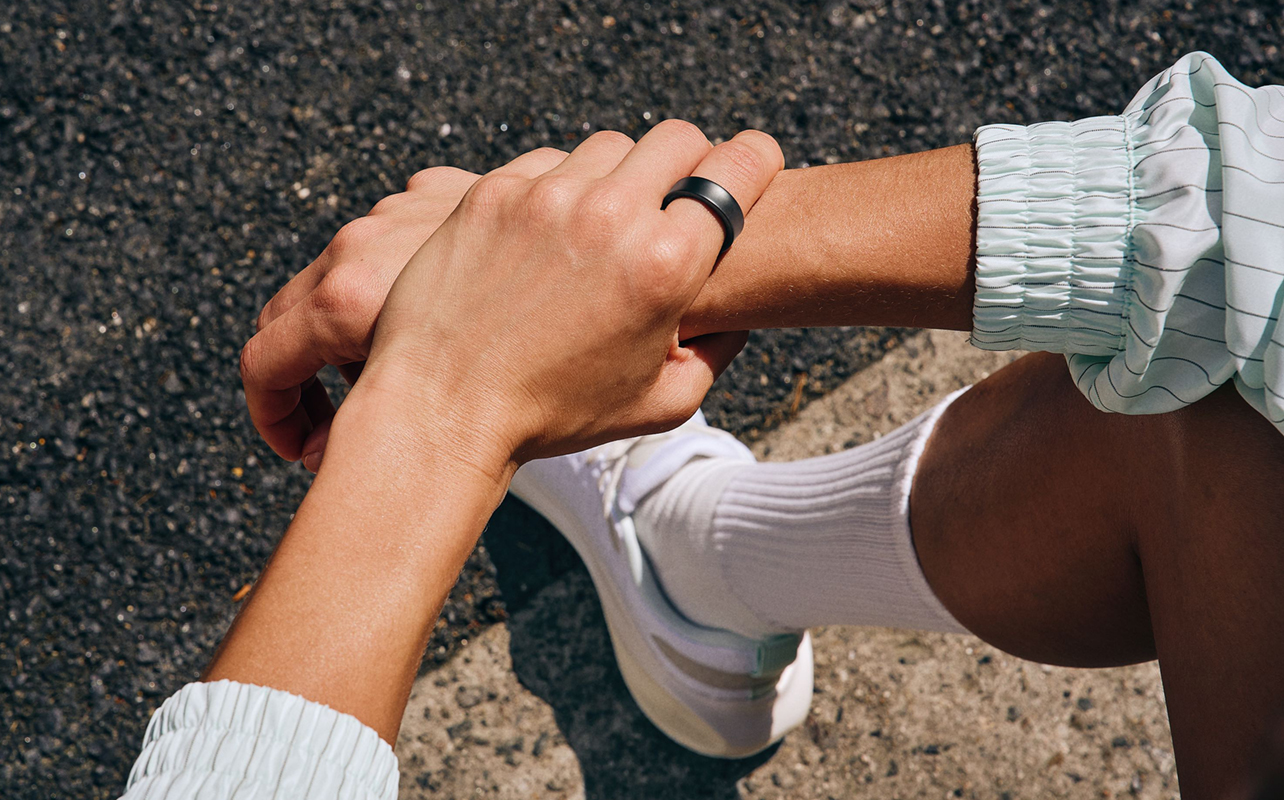
All three smart rings are water resistant down to 100 metres. The Ultrahuman Ring Air and the Oura Ring 3, however, do not have an official IP or ATM rating. With that said, I wore an Ultrahuman Ring Air for months as well as an Oura Ring 4, washing dishes, showering, and walking in the rain, and I can attest to the fact that there are no water resistance issues.
By comparison, the Samsung Galaxy Ring boasts an impressive 10ATM water resistance. This means it can withstand not just water submersion, but water pressure equivalent to a depth of 100 metres, which is important for swimmers. That’s twice as much as most smartwatches (rugged models excepted), since the standard for those is 5ATM.
Pricing and real value: which gives more for your money?
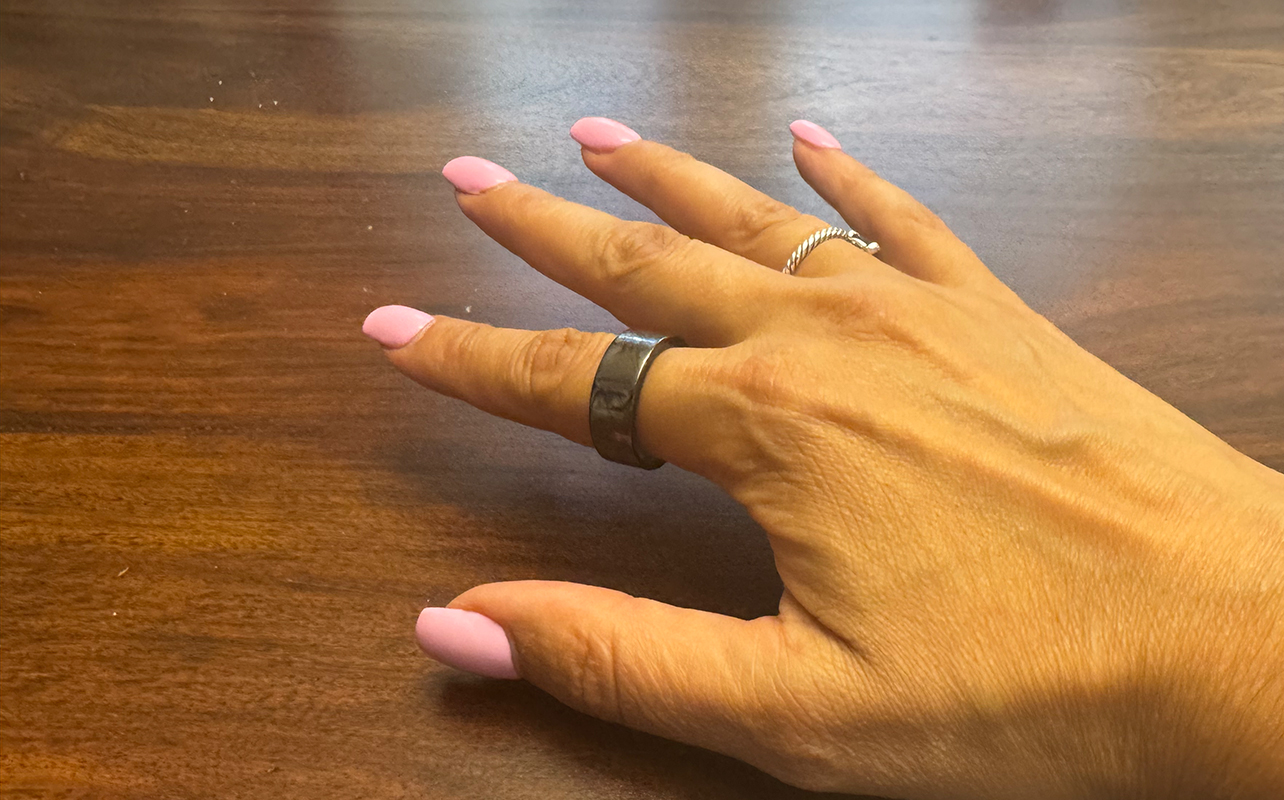
Price and, more important, value for dollar, can be the deciding factor. The Oura Ring 3 is not as expensive as the others, especially with discounts since it has been replaced by the Oura Ring 4. But you need to factor in the cost of a subscription. The Samsung Galaxy Ring is the most expensive of the bunch but offers seamless pairing with a Samsung Galaxy phone and watch. However, the others provide more freedom to use with other phones, including iPhone. The Ultrahuman Ring Air is on the more expensive end of the pricing scale for smart rings, but it sits in a sweet spot for value with the right balance of features and versatility weighed against price.
Which smart ring should you buy? Final recommendations
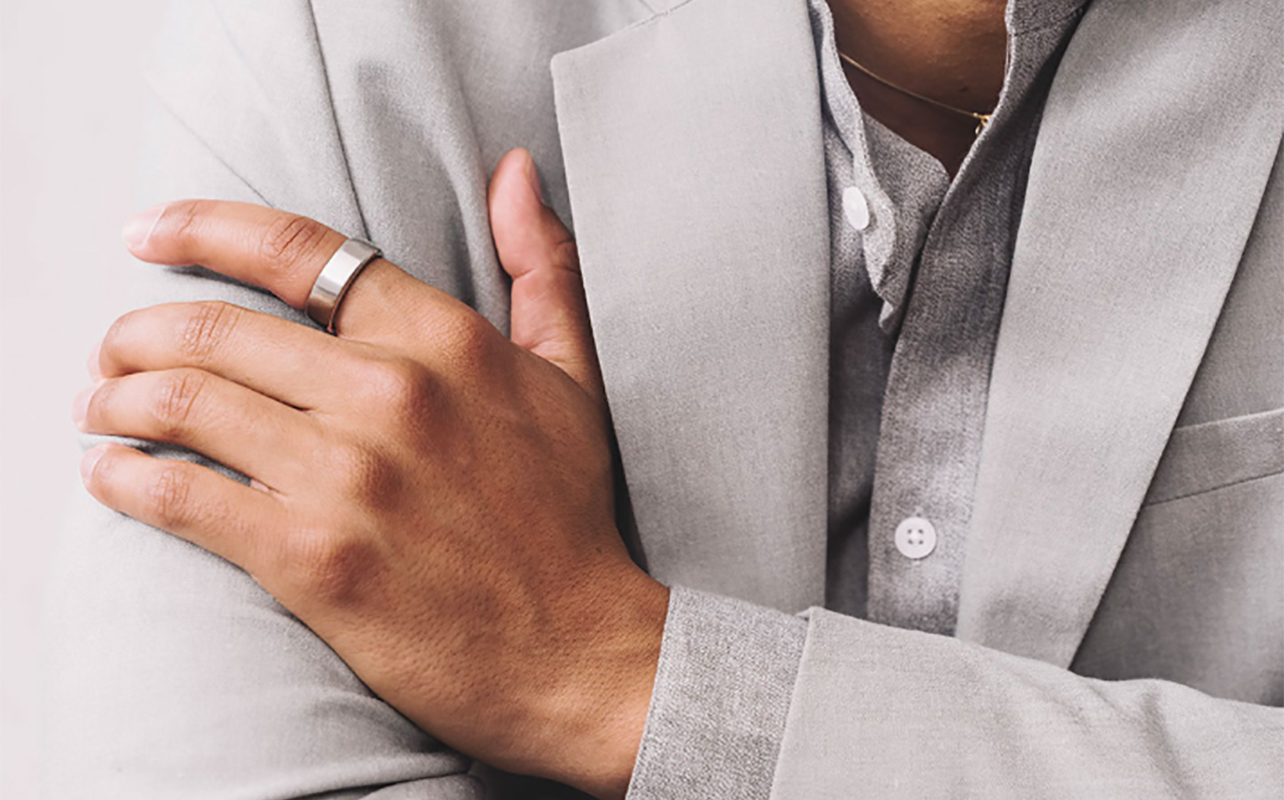
When considering these three smart rings, the decision will come down to a few things. First, the Samsung Galaxy Ring is best suited to those who own a Samsung Galaxy phone and ideally also a compatible Galaxy Watch. It works synergistically with the watch. But in reviewing both together, I struggle to see what value the ring offers over and above what the watch already tracks. I’d suggest either using it in place of a Galaxy Watch (if you’re deciding between the two) or as a back-up for continuous tracking. I wouldn’t recommend getting the Samsung Galaxy Ring if you have any other brand phone.
The Oura Ring 3 gets top marks across the board, but the subscription cost could be a dealbreaker. And there’s no point getting the ring without signing up. The good news is that the Oura Ring 3 has come down in price thanks to the launch of the Oura Ring 4 that boasts some upgrades. If you want the recognized Oura name, a logically designed and intuitive app, and top-notch sleep tracking, it might be worth it.
The Ultrahuman Ring Air provides tons of features without a subscription. It works with both iOS and Android devices from numerous brands. Along with tracking usual metrics, you can personalize the experience with PowerPlugs. It’s the most versatile option of the three.
Find your perfect smart ring companion
Now that you know what a smart ring is and all about these three fantastic options, are you ready to slide a smart ring around your finger and make a commitment to personal fitness, health, and wellness? Check out a wide selection of smart rings at Best Buy Canada.
Smart rings FAQs
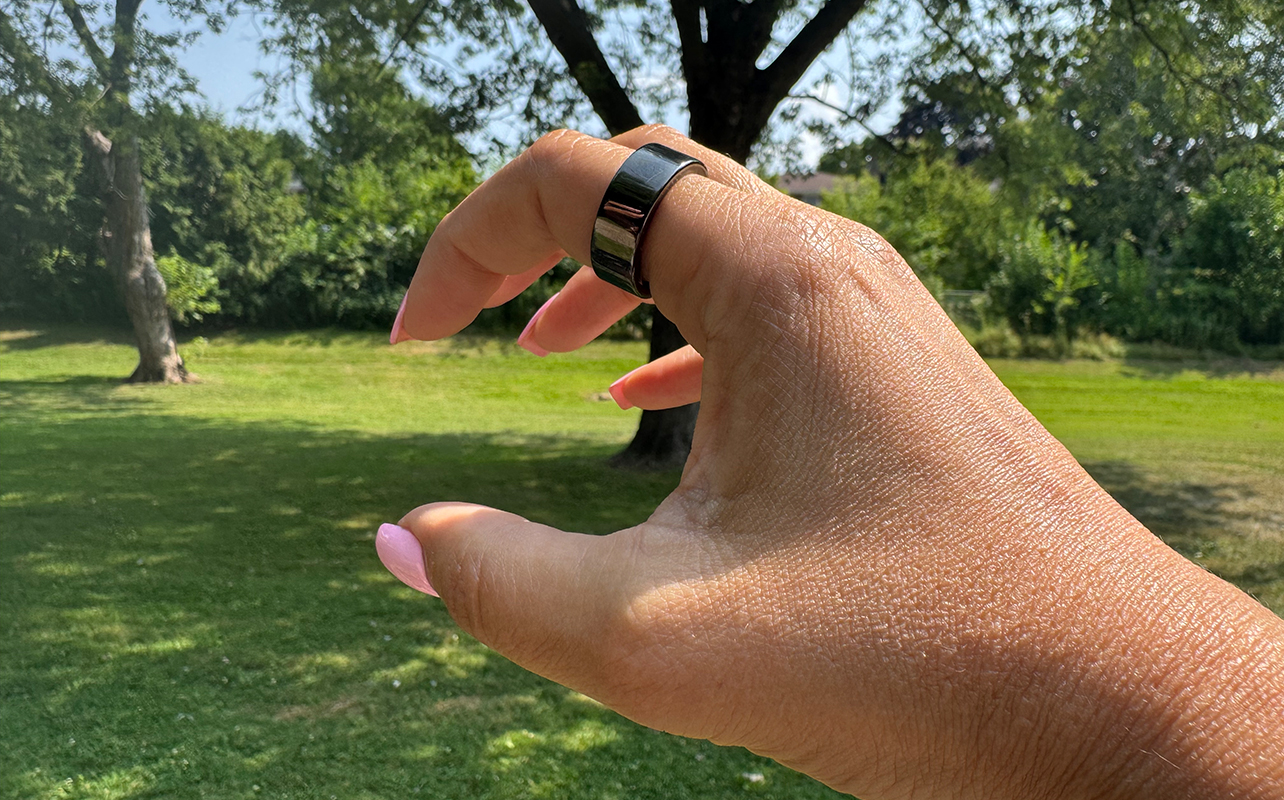
Does Galaxy Ring need a Samsung phone?
Technically, you can use the Samsung Galaxy Ring with any Android phone. However, it works best with a Samsung Galaxy phone. This unlocks brand-specific features through Galaxy AI and integration with the Samsung Health app.
Does Oura Ring require a subscription?
Yes. You can technically use an Oura Ring without a subscription. But data is limited. You get only readiness, activity, and sleep, along with basic profile data and access to limited content. You won’t get the detailed analysis for which the ring is most useful.
Can smart rings replace a smartwatch?
It depends. A smart ring is a great alternative to a smartwatch for those who don’t want the distraction of the screen and notifications, or who don’t need access to music, wallet, and apps from the wrist. It’s great for passive, distraction-free 24/7 tracking.
What’s the value in wearing a smart ring if you already have a smartwatch?
A smart ring can augment the experience with a smartwatch. Some might track more detailed metrics, especially if you only have an entry-level smartwatch. Some integrate with smartwatches so you can view tracking in the smartwatch app. Use a smartwatch for logging workouts and activities but a smart ring for background tracking of vitals, turning off features on the watch to conserve battery life, or vice versa. It’s also a useful back-up if your watch battery dies, so you don’t lose crucial steps and logs.
On which finger should you wear a smart ring?
A smart ring should be worn on the index, middle, or ring finger for the most accurate tracking. It should never be worn on the pinky or thumb. The best position is on the index finger of your non-dominant hand.
Are smart ring sizes the same as traditional ring sizes?
No. Smart ring sizes are different than traditional ring sizes. They are thicker to accommodate sensors. Some have grooves or indents. Some are rounder, some more squarish in design. Always order a sizing kit and wear the ring sizer for at least 24 hours before deciding. Test comfort through everyday activities and account for daily fluctuations in finger circumference. Choose a size that’s tight enough so it doesn’t slip off easily but not too tight that it cuts off circulation or is uncomfortable.





